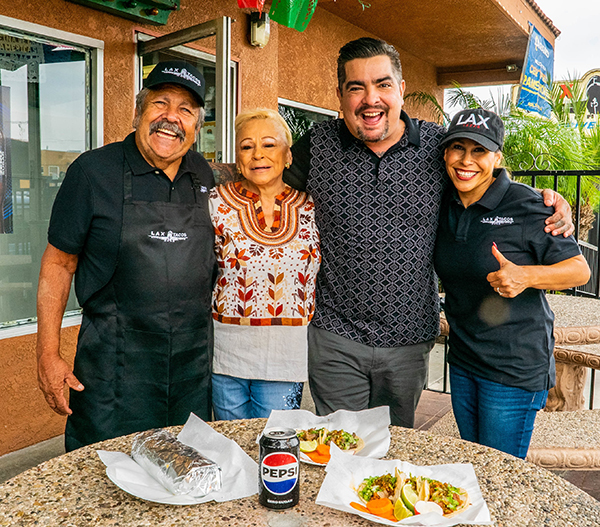By Shirley Hawkins
Contributing Writer
LOS ANGELES — The Black and Latino communities have been the most impacted during the two years that COVID-19 has swept through the community and health officials and community organizations are working tirelessly to dispel myths and to provide accurate information about the pandemic to the public.
That was the consensus from a virtual panel discussion titled “A Candid Conversation, About Us, For Us” Jan. 31 in collaboration with Black community representatives and the Los Angeles County Department of Public Health.
Speakers on the panel included Dr. Muntu Davis, Los Angeles County public health officer; Renett Clough, community health outreach program manager for the Brotherhood Crusade; Bishop Osas Otasowie of the Temple of Deliverance Ministries in the Antelope Valley; and Maria Kemp, chief of staff for Trap Medicine.
Davis confirmed that the Black and Latino communities have the highest case rates, the highest rates of hospitalization and many times the highest rates of death during the pandemic.
He said the county Health Department has aggressively adapted to the changes that the virus has presented.
“Each phase of the pandemic has required multiple medication strategies as we have learned new science combined with listening to our communities, partners, and learning and adapting to the strategies that are needed,” Davis said. “This work is not just providing information.”
Davis said the county partnered with 431 faith-based organizations in 2021 and provided funding to 57 organizations to work with the health department to serve “those who are most disproportionately impacted by COVID-19 in the community.”
Bishop Otasowie said she was stunned by the numerous myths and fallacies that have been spread throughout his community insce the pandemic began.
“When COVID came to the U.S. in 2020, we heard everything from the [real] truth to made-up stories,” she said.
She said as a faith leader she had to become a resource center for people who relied on him to provide answers to their questions.
“We had to separate between faith, politics and science,” she said. “My family and some of our members went door to door to specifically look for African Americans and generally people of color and we educated them on what COVID was, how it could spread and not spread and we gave them incentives for their time like a $10 gift card.
“After that, we hosted three vaccine clinics at our church. We provided food for the vendors, we provided food for the community members, we hosted free haircutting events, gave away baby wipes and diapers and hand sanitizer — all the fun stuff to get them to come into that door.”
Kemp said her organization not only provides a variety of health services to the community, but also conducts research.
Part of the research involved a vaccination survey, which revealed that 75% of the people responding to the survey said they were vaccinated because they feared severe complications from catching the virus.
“They wanted to limit the risk that was posed to them or their friends and family because they were encouraged by their friends and family — not the news, not the CDC, not mainstream media — but by the ones they love and are close to that’s what primarily encouraged them to get vaccinated,” she said.
“It’s mostly our young adults who are hesitant to get the vaccine because they don’t believe that it is actually safe,” Kemp added. “This is attributed to the onslaught of information that we have been getting [that] is compounded with … misinformation from online social media platforms.”
Davis said that providing the personal connection is very important during these uncertain times.
“It’s also about supporting vaccination sites and providing phone calls to support people who have been isolated because of the quarantine,” he added.
“There’s mistrust on the ground level, on the community level and all the way up to the government level,” Kemp added. “We are continuing … to make an impact on the community by doing our work and doing a kind of thankless job in the community … to continue collecting this data and getting a real understanding of how we can continue to implement change.”











